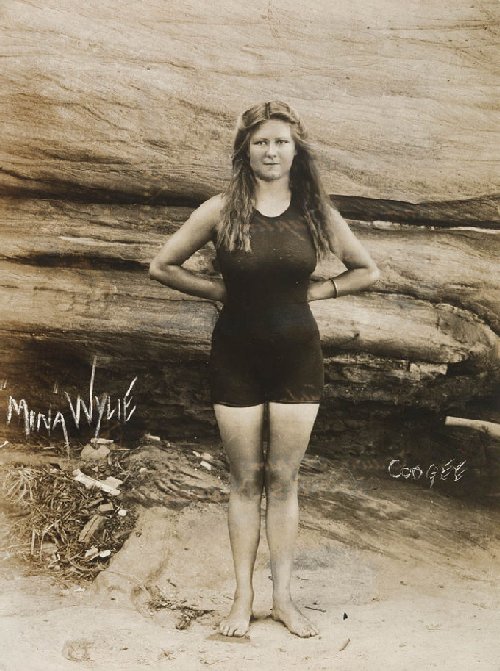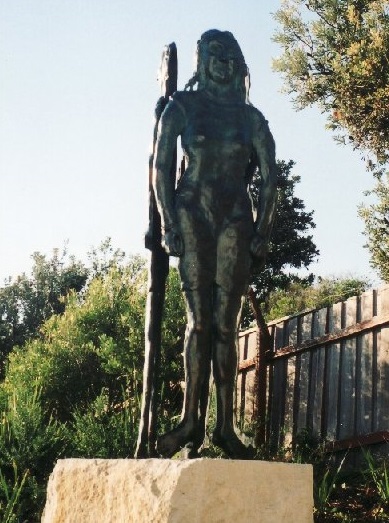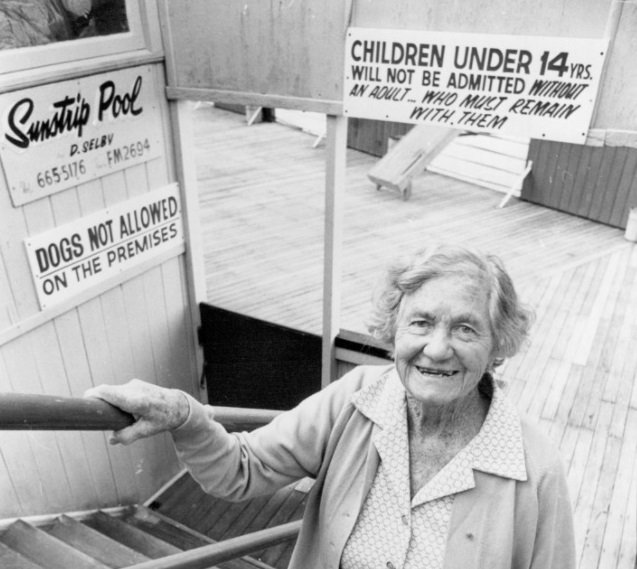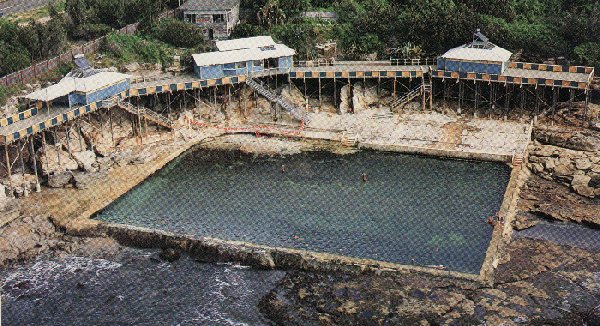Coogee Media
HISTORY | STORIES | BEYOND BLOG & CREATE PEOPLE |
Mina Wylie |

|

|
by Eileen Slarke |
Everything changed in 1912 when women were given permission to swim competitively at the upcoming 1912 Stockholm Olympics. The two swimmers spent eight months persuading both the Australian government and the Amateur Swimming Association to allow them to compete in Stockholm. Their lobbying was successful, although another block was placed in their way by the claim that there was only enough money to send the mail swimmers. So they had to raise the funds for their fares themselves and they had to provide a chaperone.
Like all the 26 athletes in the 1912 contingent, the two women did not compete as part of an Australian team, but for "Australasia", a country that has never existed! The team included New Zealanders, and they marched under a specially created flag. READ MORE here.
Once in the Swedish capital they discovered that the "pool" was built in part of Stockholm harbour and that the competitors swam without lane ropes.
The Australians made their mark: Mina took the silver medal in the women's 100m freestyle event while Fanny Durack took gold. The only other event open to the women was the 100 yards team relay. Wylie and Durack offered to swim two legs each in order to compete, but were rejected.
Wyle and Durack established the tradition of the Australian women being world-class champions.
World War I interrupted Mina Wylie's Olympic career, but she continued to dominate women's swimming in Australia. For 20 years she consecutively won at least one Australian national championship. Indeed, on three occasions (1911, 1922 and 1924) she won every event at the Australian national championships and set world records in freestyle, backstroke and breaststroke. By 1934 she had 115 titles to her credit.
Mina never married and once she finished competitive swimming she became a professional swimming teacher. By 1930 Mina Wylie was teaching as the professional coach at Pymble Ladies College and later at Rose Bay Convent school. We came across a 1956-era YouTube video of her doing a demonstration swim at the remarkable Mosman venue at Chalwin Castle on the 24th March 1957 for a fundraising event. Others there included Andrew "boy" Charlton, Frank Murphy and Murray Rose.

|
Mina Wylie, sometime in the 1970s, at the baths created by her father, but now renamed "Sunsetstrip Pool". On 5 November 1959 the lease for Wiley's Baths was transferred to Desmond Selby who renamed the baths "Sunsetstrip Pool" and proceeded to upgrade the facilities. They operated under this name until 1974, when storms and heavy seas damaged the baths which closed temporarily for repairs. When the pool reopened under community management in 1978, the "Wylies Baths" name had been restored. |
Mina Wylie had a long association with Coogee and spent the rest of her life there. The Wylies lived Bayview Carr Street and in 1927 it was reported that she had just moved into her new home The Cabin at 13 Neptune Street, Coogee just across the road from Wylies Baths. She was inducted into the International Swimming Hall of Fame in 1975. She died on 6 July 1984 and is buried nearby at Randwick General Cemetery.
References
Note 1: The Australian Dictionary of Biography entry on Mina Wylie says that she attended Caerleon College, Randwick (a school that no longer exists). However, I can find no evidence of this, and as far as I can tell, she went to the private girls' school of Claremont College which is in Coogee Bay Road, Randwick.
Note 2: The trudgen stroke, sometimes known as the racing stroke or the East Indian stroke, is named after the English swimmer John Trudgen (1852–1902) and evolved out of sidestroke. One swims mostly upon one side, making an overhand movement, lifting the arms alternately out of the water.
Copyright © Coogee Media All rights reserved
| CONTACT US | ABOUT US |
